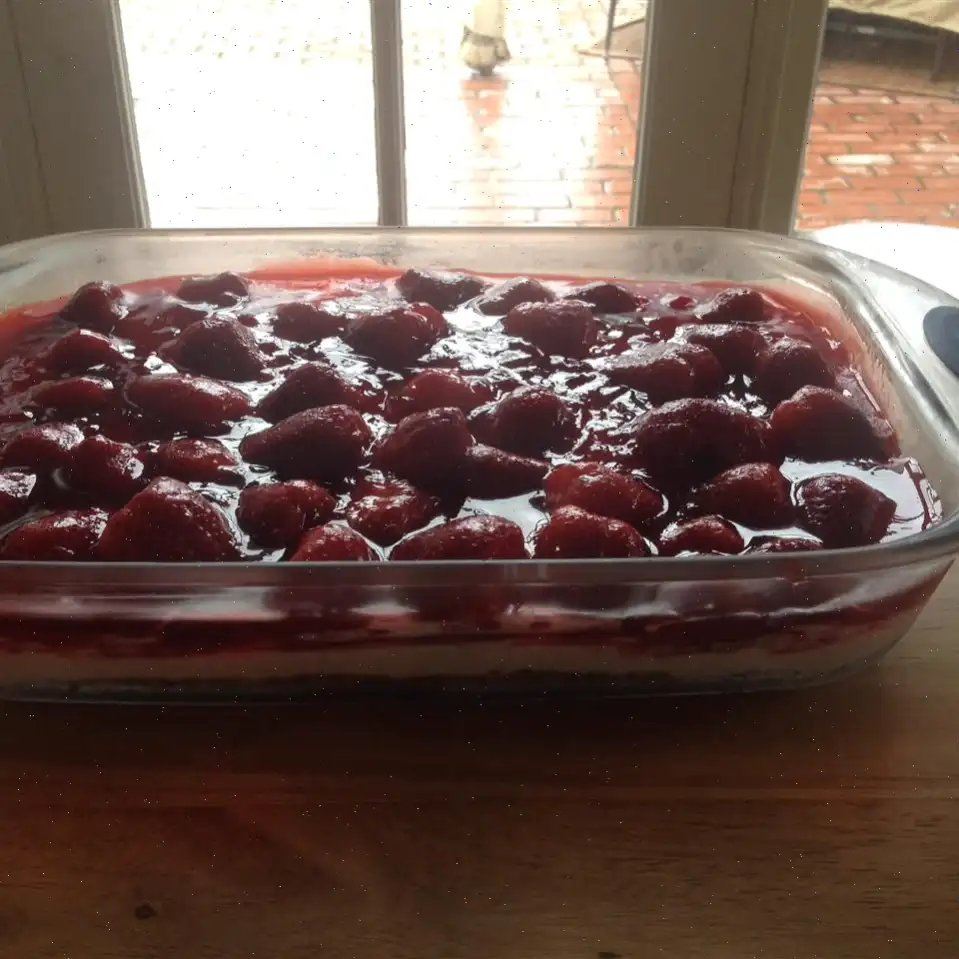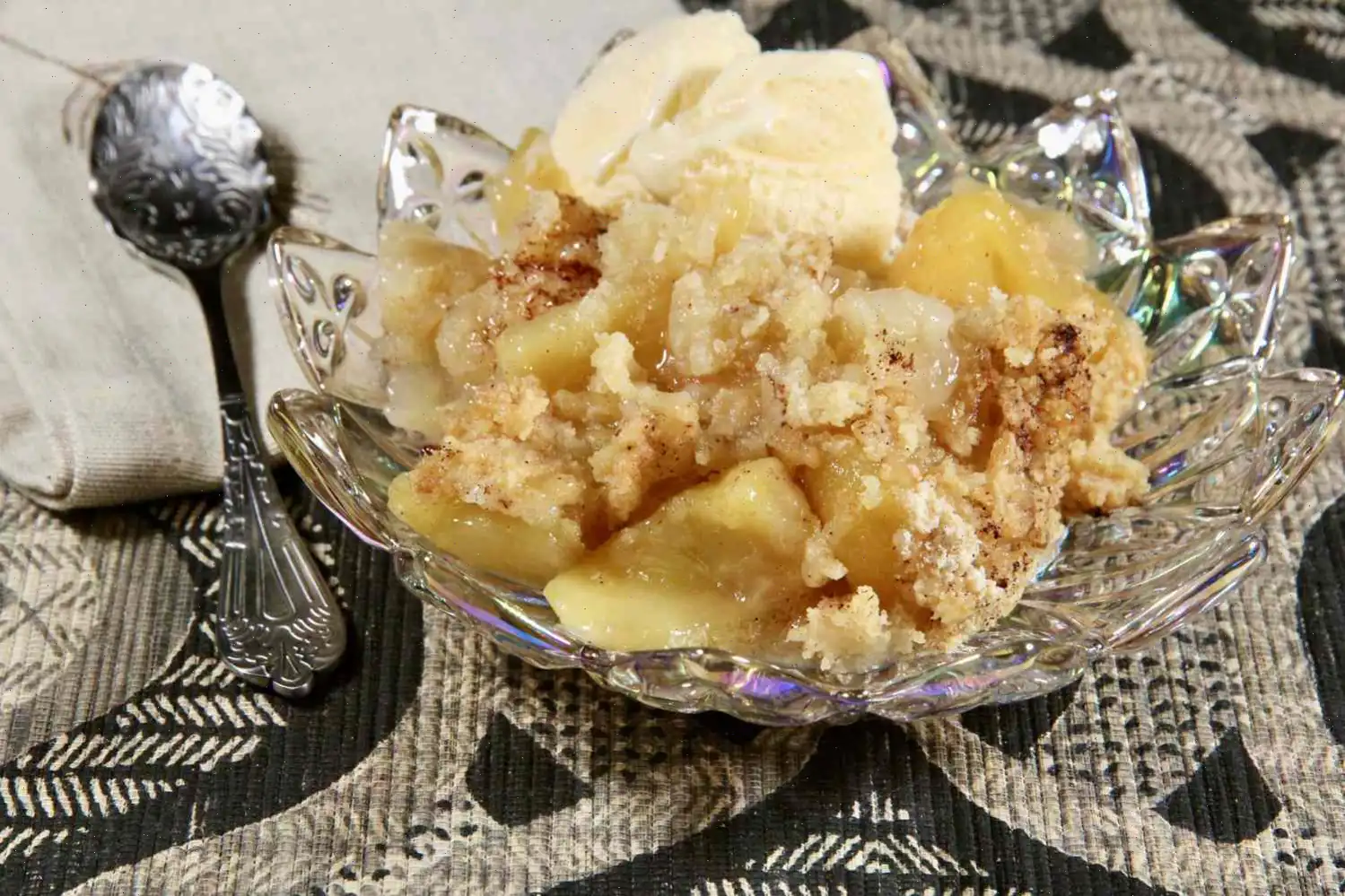
Candied Easter Grapes Recipe
Ingredients
- 4 to 5 (3-oz.) pkgs flavored gelatin (in various flavors)
- 1 lemon
- 60 large green grapes
Directions
Step 1: Line a rimmed baking sheet or tray with wax paper.
Step 2: Pour gelatin into 4 shallow bowls, keeping each flavor separate.
Step 3: Juice the lemon into another small shallow bowl.
Step 4: Insert a toothpick into the stem end of 1 grape.
Step 5: Dip the grape into the lemon juice, allowing the excess to drip off.
Step 6: Roll the grape in the desired gelatin until it is evenly coated.
Step 7: Transfer the coated grape to the prepared baking sheet or tray and carefully remove the toothpick.
Step 8: Repeat steps 4 to 7 with the remaining grapes, lemon juice, and gelatin.
Step 9: Chill or freeze the grapes until the coating hardens, at least 2 hours.
Notes
If clumps form in the gelatin as it gets wet, don't worry! Simply use a sieve to remove them.
Nutrition Facts (per serving)
| Calories | 84 |
|---|---|
| Total Fat | 0g |
| Saturated Fat | 0g |
| Cholesterol | 0mg |
| Sodium | 40mg |
| Total Carbohydrate | 22g |
| Dietary Fiber | 3g |
| Total Sugars | 15g |
| Protein | 2g |
| Vitamin C | 44mg |
| Calcium | 25mg |
| Iron | 1mg |
| Potassium | 195mg |
Servings Per Recipe: 10
Candied Easter Grapes are a fun and festive treat that adds a playful twist to traditional Easter celebrations. With their vibrant colors and sugary coating, these grapes make a unique and delightful addition to any Easter spread. This candy is easy to make and loved by both children and adults, making it an ideal snack for the holiday season.
History of Candied Easter Grapes
The tradition of using fruit in holiday treats dates back centuries, with many cultures finding symbolic meaning in different fruits. Grapes, in particular, have long been associated with abundance and prosperity. The concept of coating grapes in sweet, sugary coatings like gelatin became popular in the early 20th century as a fun and colorful way to celebrate holidays like Easter. This specific recipe for candied grapes emerged as a playful alternative to the more traditional chocolate eggs and bunny-shaped candies typically seen during Easter festivities.
Regional Variations
Candied Easter Grapes are primarily an American treat, particularly enjoyed in the southern regions of the United States where fruit-based desserts are commonly made. However, variations can be found across different cultures. In parts of Europe, fruits like strawberries or citrus fruits are commonly used in a similar fashion, often coated with sugar or marzipan. The method of using gelatin-coated grapes, however, remains unique to this recipe, offering a more chewy and vibrant candy experience.
What Sets Candied Easter Grapes Apart?
While similar to other fruit-based candies or jellied treats, Candied Easter Grapes stand out due to their easy-to-make nature and the use of fresh grapes. Unlike fruit jellies or gummies, which are made from fruit juices and sugar, these grapes use whole fruit as the base, maintaining their natural texture while being covered in colorful gelatin coatings. The unique combination of fresh, juicy grapes and sugary gelatin also makes them a healthier alternative to some of the heavier chocolate-based Easter treats.
Where Are They Usually Served?
Candied Easter Grapes are typically served during Easter celebrations, whether at family dinners, Easter egg hunts, or springtime gatherings. They are a popular addition to dessert tables, especially for those looking to offer a lighter, fruit-based treat among the usual chocolates and pastries. Additionally, they can be served at other springtime events or gatherings, offering a fun and easy-to-eat candy option for guests of all ages.
Fun Facts About Candied Easter Grapes
- The bright colors of the gelatin coatings often symbolize the renewal and vibrancy associated with spring and Easter.
- Though the recipe typically calls for green grapes, you can experiment with different types, such as red or black grapes, for varying flavors and aesthetics.
- In some variations, the lemon juice used to coat the grapes before rolling in the gelatin is substituted with lime juice for an added citrus kick.
- Candied grapes are not just for Easter; they make a colorful addition to summer picnics, spring parties, and fruit platters.
- The process of rolling grapes in different flavors of gelatin offers a fun, hands-on activity for children, making it an ideal recipe to prepare together as a family.
You can listen to this recipe in AI audio format. Simply click the play button below to listen to the content in a format that suits you best. It’s a great way to absorb information on the go!
FAQ about Candied Easter Grapes Recipe
Comments
Margaret Carter
12/19/2022 10:13:29 AM
I absolutely loved how this recipe turned out! Instead of using lemon juice, I opted for water to make my grapes sweeter. I also used starburst gelatin, with watermelon being my favorite flavor.
Katherine Brown
08/14/2022 12:01:19 PM
The product was found to be contaminated with fentanyl.








